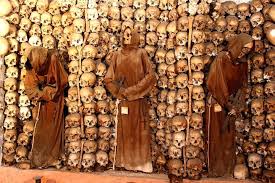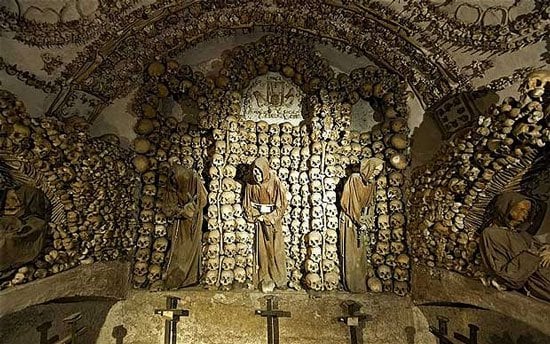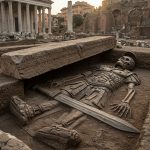Deep Beneath Zócalo: True, Brutal Heart of Ancient Tenochtitlan Exposed

Deep Beneath Zócalo: True, Brutal Heart of Ancient Tenochtitlan Exposed
Archaeologists working deep beneath Mexico City’s central square, the Zócalo, have made a chilling and profound discovery: the excavation has exposed the true, brutal heart of ancient Tenochtitlan. The site has yielded a staggering tower of human skulls, a monumental construction that was once part of the Templo Mayor complex. This unparalleled find immediately confirms the historical accounts of ritual practices and offers visceral, undeniable proof of the scale of sacrificial culture within the Aztec Empire.

The Tower of Skulls: A Monument to Aztec Sacrifice
The unearthed structure, known historically as the Huey Tzompantli, or “Great Skull Rack,” is far more extensive and architecturally complex than previously imagined. Initial analysis of the tower of human skulls reveals an organized, layered structure where skulls were set into mortar and lime. This was not a simple pile of remains, but a carefully engineered monument dedicated to the gods. The gruesome nature and sheer volume of the skulls—including those of women and children—has raised serious new questions about the culture of sacrifice in the Aztec Empire, forcing historians to re-examine the social, political, and religious roles that ritual killing played in the city’s life.

New Questions for the Aztec Empire: Beyond Myth and Conquest
The discovery beneath the Zócalo provides a grim, tangible connection to the spiritual and political core of ancient Tenochtitlan. While historical texts, often written by Spanish conquerors, described the Tzompantli, seeing the monumental structure in person brings a new dimension to understanding the Aztec Empire. Researchers are now focused on forensic analysis of the remains to determine the origins of the sacrificed individuals. This work is vital to move past the narratives of the conquest and gain a true understanding of the complex motivations, beliefs, and immense power structures that sustained this civilization at its very core, deep beneath the modern hustle of Mexico City.











